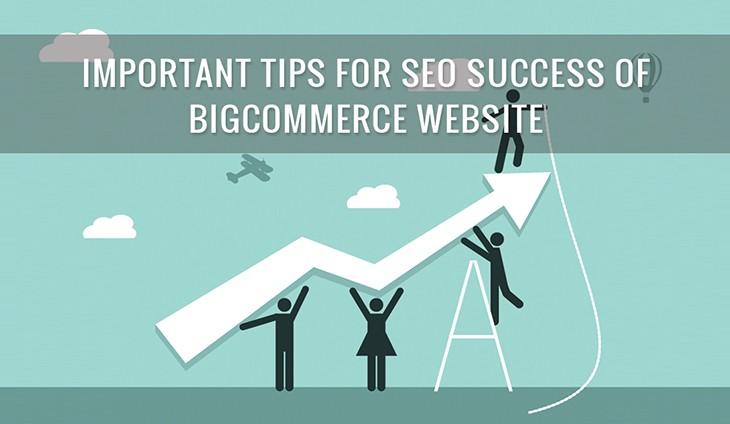Site Structure
Marketers should keep a close watch on the structure of their website and the SEO strategy they will implement. Below is the rundown of 19 tips linked to the construction of your site.
- HTTPS. Security of your site is an important consideration. It’s a good idea to migrate HTTP sites to the HTTPS protocol. In an attempt to protect customer and crucial business information, you as a startup owner should improve the trust factor of your site by investing in a cheap SSL certificate. Given the fact that HTTPS sites enjoy slightly better Google rankings, it pays for e-commerce startup owners to activate their SSL certificate. This move towards web security will enable visitors to transact on your site with confidence.
- Fast Site. You also need to ensure that your e-commerce site responds quickly to customer clicks. Site speed is another element that can dictate the success of your e-commerce SEO. Reduce page load times so as to reduce the bounce rates of your site.
- Internal linking tells search engines how to index your site. The further a page is from the home page, the less important it may be considered to be. That doesn’t mean pages should have a lot of links. It just means that content should be organized logically and that every page on the site should have at least one link to it.
- Backlinks. Everyone pretty much knows this, but we’ll repeat it anyway. The basis of off-page SEO is and has always been links. So start building superior-quality backlinks.
- Mobile Friendly. Research suggests that, on average, > 50% of web traffic comes from mobile searches. In order to stay in sync with technology, e-commerce owners should capitalize this tendency by optimizing the site for mobile displays. While doing this, care should be taken to compress the images to less than 70KB so that mobile pages load faster. Search for “google site speed tool” to find a great tool for testing the speed of your site on mobile screens.
- Home Page Status to Category Pages. It is also important that you grant ‘individual home page’ status to category pages, with respective content and keywords. A well-organized category-level navigation is another important factor that can boost success.
- Meta descriptions play a significant role in increasing your CTR (Click Through Rate). Efforts should be directed towards writing compelling Meta Descriptions so that visitors will be compelled to see what you have to offer. One great way to find the best meta description formula is to test them using Google Ads. Test a few versions as ads, see which are clicked on most often, and use that text as the basis for your meta description.
- Image SEO is another tip that e-commerce startup owners might find useful. When web content is supported by images, it can make for better visitor engagement and also causes the page to be returned in image searches. Such content-supportive images should come with ‘Alt Tags’ and if possible ‘Title Tags’. These tags enable both normal and visually-impaired visitors to easily access your site.
- Title Tag. It’s important that you optimize your Title Tag by ensuring that it contains a string of 60-70 characters. Long-tail keywords can deliver enhanced organic searches you may not have thought of. Adding the keyword to the Title Tag is another sure shot means to attract the attention of visitors to your website. How to find the right Title Tag? The AB testing method mentioned above using Google Ads can help.
- Chat / Chatbots. You can include live chat on your website. Remember that you need to have someone available to respond to live chat though. Chat “bots” have become a thing lately though and can programmatically answer visitor questions when a human isn’t present.
- Breadcrumb navigation is another navigational aid used in your structure. It is through breadcrumbs that visitors can navigate between the numerous product lines, categories and information pages of your website. Google recommends breadcrumbs as a way to organize information. It is advisable to use Breadcrumbs on all your product category, product sub-category and product pages.
- Social Integrations. You can allow visitors to share your pages through social integrations. Provide such an option on all your product pages
- 301 Redirects. When a product or page is discontinued, use the permanent 301-Redirect URL . This way, instead of a dead page, users are automatically redirected to a live page. It also lets search engines know that the page has moved, so you don’t lose any of your hard earned links.
- Header Tags. Incorporate header tags on all your product pages. The most important headline should be an H1 tag. You should have only one H1 tag. Then, add H2 tags to sub-headings. You can have many of these. Within H2 headings you can nest H3 or H4 tags. This helps search engines organize content on a page-level.
- Canonical Tags. You should also use a canonical tag. This URL tag avoids the issue of duplicate content which every website experience. When a search engine finds content in two or more places on your site it has to decide which one to show in search results. The canonical tag lets them know the right one.
- URL Structure. Pay attention to the structure of your URLs so as to strengthen product categories. Website.com/category/ should be the URL of your category page. Similarly, you can represent the sub-category page using the website.com/category/sub-category/ URL format. Additionally, the product page can be represented as: website.com/category-sub-category/product-name. These URL naming formats are not only user-friendly but can lead to more traffic because search engine and users can get a better idea of what your page is about from the URL itself.



